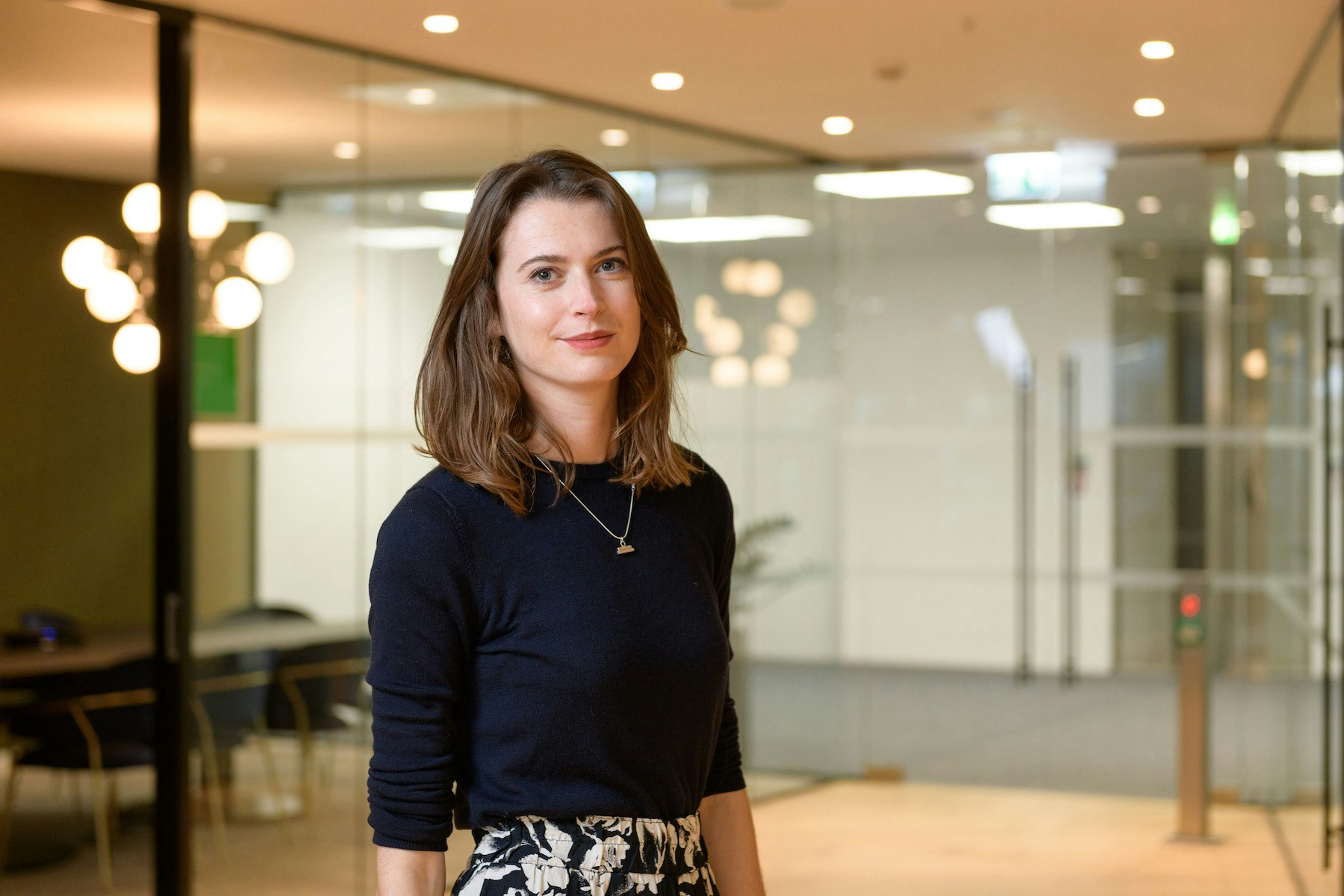With fresh capital harder to find, there’s a new hot topic for startups: capital efficiency.
In other words, how to make sure there's a balance between the money going into a business to grow revenue and what it’s getting back on that investment. The shift towards a focus on spending wisely is a direct result of a more challenging economic climate and the realignment of interest rates, as well as a response to more VCs taking a harder look at company revenues and profits.
Capital efficiency is part of the reason Leapsome has been able to grow into a global, profitable business — without any angel or venture capital for the first five years of our journey. Our approach might not be suitable for all businesses, and as in any startup story, luck certainly played a role. But as more founders seek to achieve capital efficiency, our track record may provide interesting insights for other founders. So what's been our secret sauce for the last six years?
Don’t plan the perfect product and iterate quickly
We started building our prototype in our first “office”, Kajetan’s kitchen. Just three months after formulating the first product ideas, we offered the “solution” to our first customer, a startup from our personal network. It wasn’t pretty, it was rough around the edges, but it allowed us to collect initial customer feedback. From there on, we started iterating and have been shipping updates several times a week.
If someone were to ask us today if we have the final product, we’d still have to say “no”. The platform is constantly evolving. We love being in discovery mode and adapting our product to changing needs. We think agility is a multiplier of opportunity in times of growth and gives you a survival edge when things aren’t going so well.
Learning: Get feedback early and iterate quickly.
Having complementary expertise within the founding team
We launched Leapsome as two founders and experienced first-hand the synergies and benefits of building together versus building alone. It’s an advantage that studies and research also support.
Kajetan was responsible for product development, and Jenny pitched our prototype to potential customers. The combination of our different areas of expertise worked perfectly to get our idea off the ground. We were self-sufficient, intrinsically motivated and didn’t have to rely on additional team members in the early days, who we wouldn’t have been able to pay, which helped keep the operation lean.
Once we had found a few stable customers and revenue started to flow in, we could hire initial team members to accelerate our growth.
Learning: If you can, keep the team small until you’ve achieved product-market fit.
Think globally as soon as possible to expand your potential clientele
At Leapsome, we had the advantage of addressing a universal problem: companies everywhere face similar issues related to employee onboarding, individual learning and feedback, which meant we didn’t have to localise our platform (other than providing translations) for different cultures or regions. It was a great advantage for us to have low barriers to market entry. Of course, localisation challenges vary from product to product, sector to sector and country of expansion. But if the barriers are low, expanding early can help you reach new customers — and new sources of revenue — fast.
Learning: Check whether your product requires localisation. If it doesn’t, don’t be afraid of going global quickly.
Internal processes: Structure is the key to a happy and productive team
Every company can be seen as an interplay of resources. There are monetary resources, process resources, information resources and, above all, human resources. Efficient capital management, therefore, also means making these resources flow into the company in the most beneficial way possible. It's well known that a company’s success depends mainly on the commitment of its employees.
As a result, enabling every team member and keeping your team happy is paramount when it comes to the future of your business. The cost of finding and hiring new employees is high, and vacancies can be challenging to fill. That said, talent doesn't stay with your company because of pizza nights and office snacks. Good pay, mentoring, inclusion, feeling appreciated and valued, being challenged and empowered, trusted and given a clear career progression framework are key factors for a healthy company culture. Employees who are happy to stay with your company will save you a lot of money in hiring, onboarding and developing new talents.
To this day, we rely entirely on our proprietary platform for employee development, engagement and performance management. In times of the Great Resignation and massive skills shortages, companies need to support employee satisfaction to decrease turnover and increase overall productivity.
Above all, that means creating visible and transparent systems that empower people. Provide regular feedback, set clear goals or OKRs and offer helpful learning paths to create internal structures that support your company culture — because culture is the invisible toolkit for company success.
Learning: Company culture is key to building a happy and productive team.
Automate manual tasks and processes wherever possible
With a small team, you are forced to think about what can be automated early on so team members can focus on the tasks that really help the business: talking to customers, building the next version of the platform, coaching each other or finding the next great team members.
We actively chose tools that integrated well and helped us to reduce manual work to a minimum — across all processes from sales to marketing to engineering.
From the standpoint of capital efficiency, some might argue that the upfront costs aren’t worth it for a small company, but there’s always something that can be optimised and automated, and any investment (even if it might seem high initially) is paid back multiple times.
Learning: Think about what you can automate, and don’t shy away from seemingly high investments — any automated process pays the investment back faster than you think.


